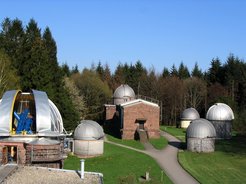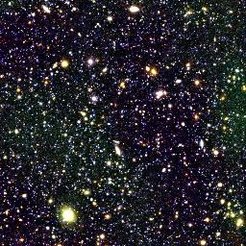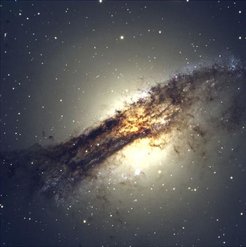Landessternwarte Heidelberg-Königstuhl (LSW)

Research topics at the Landessternwarte Heidelberg-Königstuhl (LSW) (i.e. Heidelberg-Königstuhl State Observatory) consider observational and theoretical issues in stellar and extragalactic astrophsyics as well as a strong participation in instrumentation projects.

The research in stellar astrophysics concentrates on Hot Stars, the Theory of Young Stellar Objects,and Extrasolar Planets. The hot star group at the LSW mainly studies the mass-loss and variability of hot, massive stars, in the last years mainly with the fiber-linked echelle spectrographs FEROS and HEROS at ESO, La Silla.
In a collaboration with ESO and colleagues from Ondrejov, we investigate the spectroscopic variability of Be stars and the formation of their disks. In addition, chemical abundances of B stars are studied with LTE and NLTE model-atmosphere analysis. A comprehensive search for extrasolar planets around massive, evolved stars is carried out at the LSW using the Hamilton spectrograph at Lick Observatory. As part of an international consortium, the LSW also participates in the preparation of the astrometric planet search with PRIMA at the VLTI.
The Galactic Archaeology Group at LSW is concerned with the search for the most metal-poor and hence oldest stars of the Galaxy, and the determination of their chemical abundance patterns by means of optical high-resolution spectroscopy. These stars are important tools for studying the earliest phases of formation and chemical evolution of the Galaxy.

Another main area of research are Supermassive Black Holes and Active galactic nuclei, in particular Quasar variability, which is also studied within the EC-TMR research grant ENIGMA, or Multi-frequency Studies of Blazar Variability, Emission Lines of AGN, Hot Spots in Radio Galaxies, Active Galaxies at High Redshift and also Theoretical Studies of AGN.
Research at the LSW further considers the Structure of Spiral Galaxies and the Morphological Evolution of Galaxies in Clusters. The LSW is a partner in the HESS collaboration and responsible for multi-frequency studies with this leading facility of high-energy astrophysics.
One of the LSW research topics in extragalactic astrophysics is the FORS Deep Field (FDF) project, relying on guaranteed time granted along with the development of the FORS (FOcal Reducer/low dispersion Spectrograph) instrument for the VLT.
Besides FORS, the LSW is involved in other instrumentation projects as the LBT (Large Binocular Telescope), ATOM (Automatic Telescope for Optical Monitoring), LUCIFER, the LBT NIR spectroscopic utility incl. camera and integral-field unit, and SOLSPEC.
